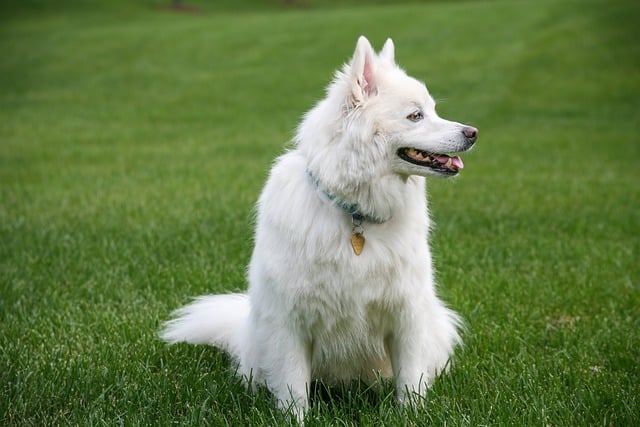
What are symptoms of parvo in dogs?
New puppy owners often worry about hidden health threats, and parvo is one that strikes fear into many hearts.
Watching your senior dog slow down can make it hard to tell: Are they just aging, or is something wrong? The key to spotting a healthy old dog isn’t about them acting “young”—it’s about consistency in their daily habits, energy, and comfort. For new U.S. dog owners, especially those in apartments where routines are predictable, tracking these small, steady cues takes the guesswork out of knowing if your pup is thriving in their golden years.
Senior dog health hinges on their ability to maintain “functional wellness”—meaning they can do the things they enjoy without pain or confusion. Unlike puppies, who show health through boundless energy, seniors reveal it through stability: consistent appetite, easy mobility, and calm engagement. Dogs are wired to hide illness (a wild instinct to avoid seeming vulnerable), so sudden changes matter more than gradual slowing. My 11-year-old Poodle, Sophie, still eats her morning kibble eagerly, wags at the mailman, and naps in her favorite chair—those consistent behaviors tell me she’s healthy, even if she no longer chases squirrels. Vets emphasize that aging itself isn’t a health issue; it’s when routines break (e.g., skipping meals, struggling to stand) that concerns arise. Punishing a senior dog for slow movement or mild confusion violates U.S. animal welfare norms—it confuses them and masks potential health cues.

To assess their health daily, focus on 4 simple checks: First, appetite—do they eat most meals without hesitation? (Senior tummies are sensitive, but consistent pickiness is a red flag.) Second, mobility—can they get up from their bed, climb a low step (if your apartment has one), or walk around the block at their usual pace? Stiffness that eases with movement is normal; limping or refusal to move is not. Third, behavior—are they alert when you call, or do they seem disoriented? Do they still greet you at the door? Fourth, bodily functions—are their poop and pee regular (note changes in frequency or consistency)? For apartments, add non-slip rugs near their bed to support mobility, and keep food/water bowls low to avoid bending. Reward calm, steady behavior with soft treats—positive reinforcement makes your checks feel like bonding, not scrutiny.
Schedule vet visits twice a year (not just once) to catch issues early—seniors need more frequent blood work to monitor kidneys, liver, and thyroid. Confirm their rabies vaccine is up to date (required in all U.S. states) and core shots are current. On walks, carry poop bags and note any changes in bathroom habits—this info helps your vet diagnose issues. Leaving messes in apartment hallways isn’t just rude; cities like Denver fine owners up to $200, and consistent waste habits are part of tracking wellness.
A healthy senior dog is a consistent one. By watching their daily routines and partnering with your vet, you’ll know exactly when they’re thriving—and when they need a little extra care.

New puppy owners often worry about hidden health threats, and parvo is one that strikes fear into many hearts.

Raising a German Shepherd means prioritizing their unique health needs—from their muscular frame to their tendency for hip and joint issues.

If you’ve noticed a red, itchy rash on your arms or legs shortly after bringing home your new dog, you’re probably wondering: Did my pup cause this?

You might’ve noticed your usually energetic pup suddenly curling up on the couch all day, or turning their nose up at their favorite kibble—and wondered if something’s wrong.

Watching your dog scratch until their skin bleeds, sneeze repeatedly, or vomit after meals is heartbreaking—especially when you’re not sure what’s causing their discomfort.

Watching your senior dog slow down is a natural part of life, but it can be heartbreakingly difficult to distinguish between normal aging and signs that they are actually in pain.